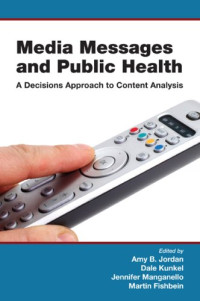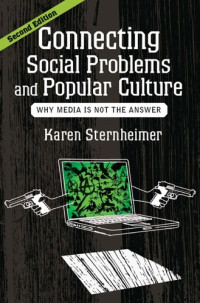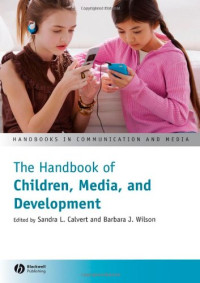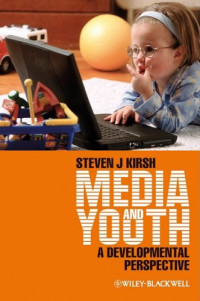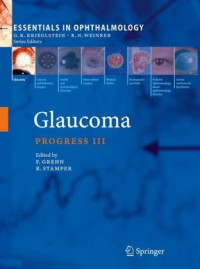
The changing portrayal of adolescents in the media since 1950
Patrick E. Jamieson, Daniel Romer (editors)
Adolescents are eager consumers of mass media entertainment and are particularly susceptible to various forms of media influence, such as modeling, desensitization, and contagion. These once controversial phenomena are now widely accepted along with the recognition that th media are a major socializer of youth During the economic boom of the post-World War II era, marketers and advertisers identified adolescents as a major audience, which led to the emergence of a pervasive youth culture. Enormous changes ensued in the media's portrayal of adolescents and the behaviors they emulate. These changes were spurred by increased availability and consumption of television, which joined radio, film, and magazines as major influence on youth. Later, the rapid growth of the video game industry and the internet contributed to the encompassing presence of the media. Today, opportunities for youthful expression about to the point where adolescents can easily create and disseminate content with little control by traditional media gatekeepers.
In The Changing Portrayals of Adolescents in the Media since 1950, leading scholars analyze the emergence of youth culture in music and powerful trends in gender and ethnic-racial representation, sexuality, substance use, violence, and suicide portrayed in the media. This book illuminates the evolution of teen portrayal, the potential consequences of these changes, and the ways policy-makers and parents can respond.
In The Changing Portrayals of Adolescents in the Media since 1950, leading scholars analyze the emergence of youth culture in music and powerful trends in gender and ethnic-racial representation, sexuality, substance use, violence, and suicide portrayed in the media. This book illuminates the evolution of teen portrayal, the potential consequences of these changes, and the ways policy-makers and parents can respond.
Categorie:
Anno:
2008
Edizione:
1
Casa editrice:
Oxford University Press, USA
Lingua:
english
Pagine:
481
ISBN 10:
0199711399
ISBN 13:
9780199711390
File:
PDF, 26.03 MB
IPFS:
,
english, 2008
 Amazon
Amazon  Barnes & Noble
Barnes & Noble  Bookshop.org
Bookshop.org  Converti i file
Converti i file Più risultati di ricerca
Più risultati di ricerca Altri vantaggi
Altri vantaggi 
























